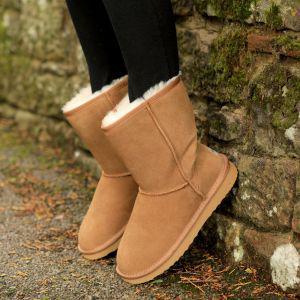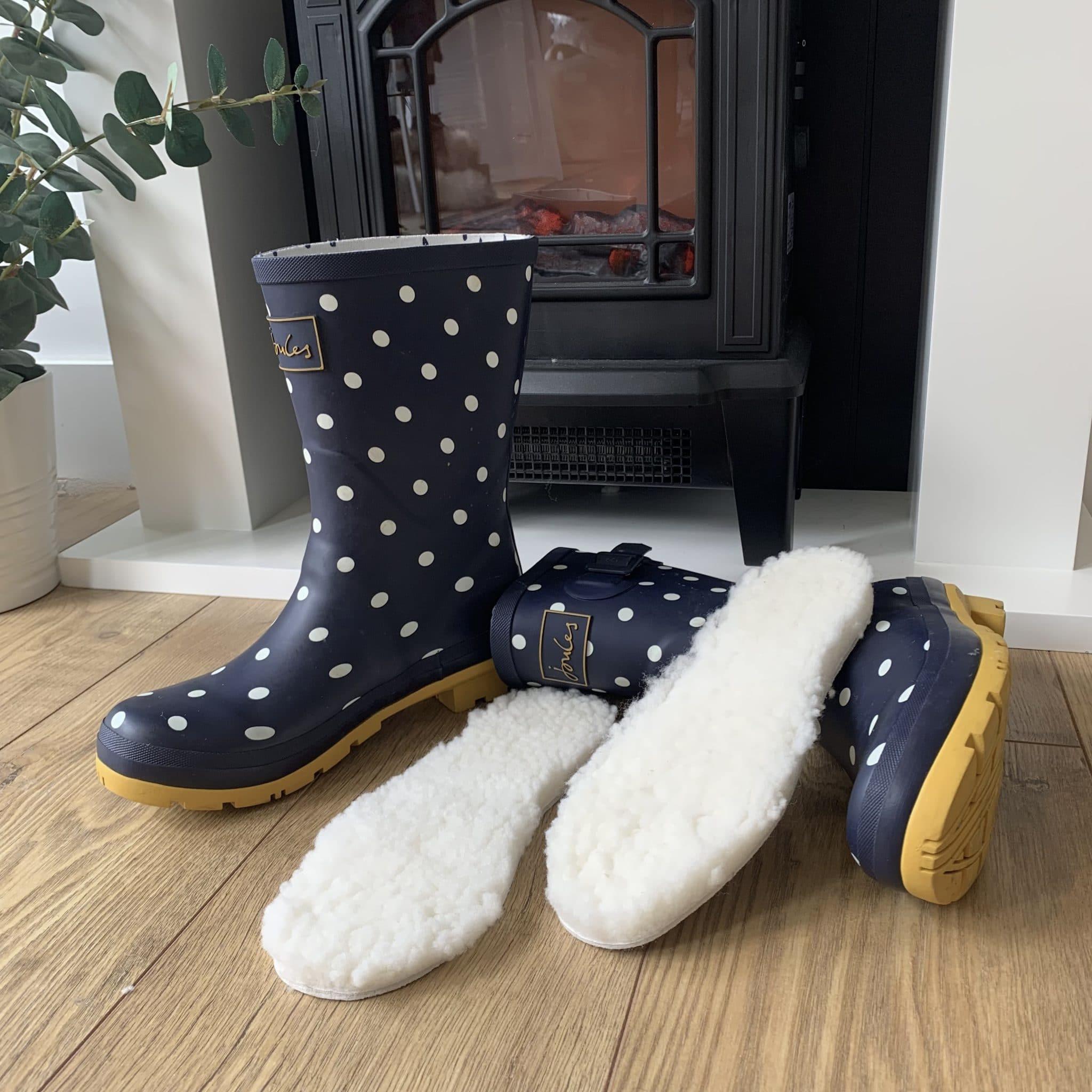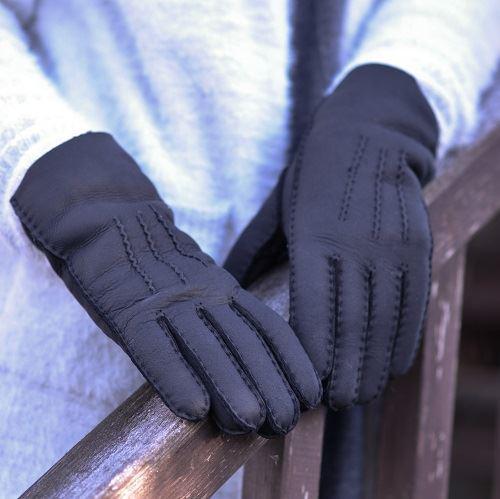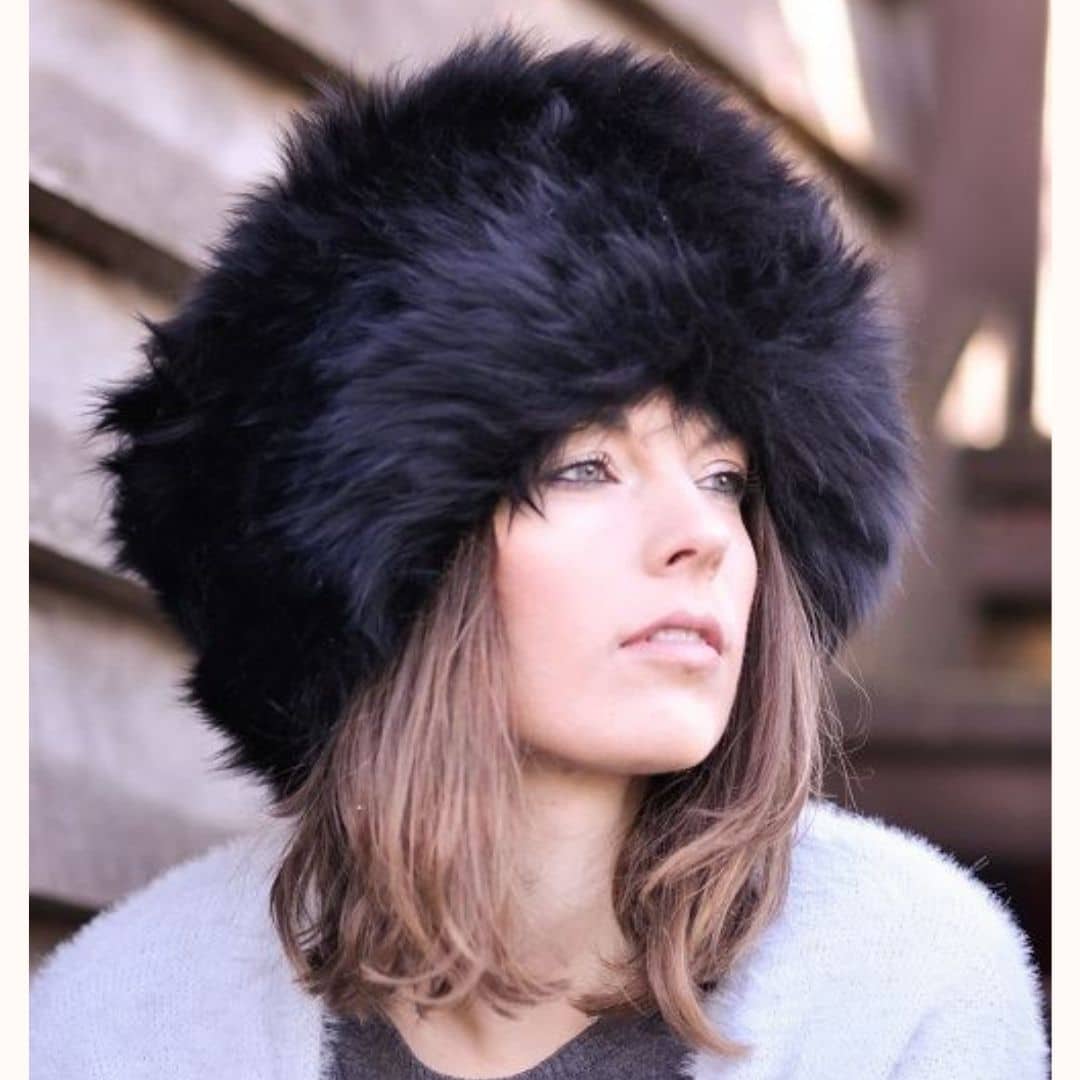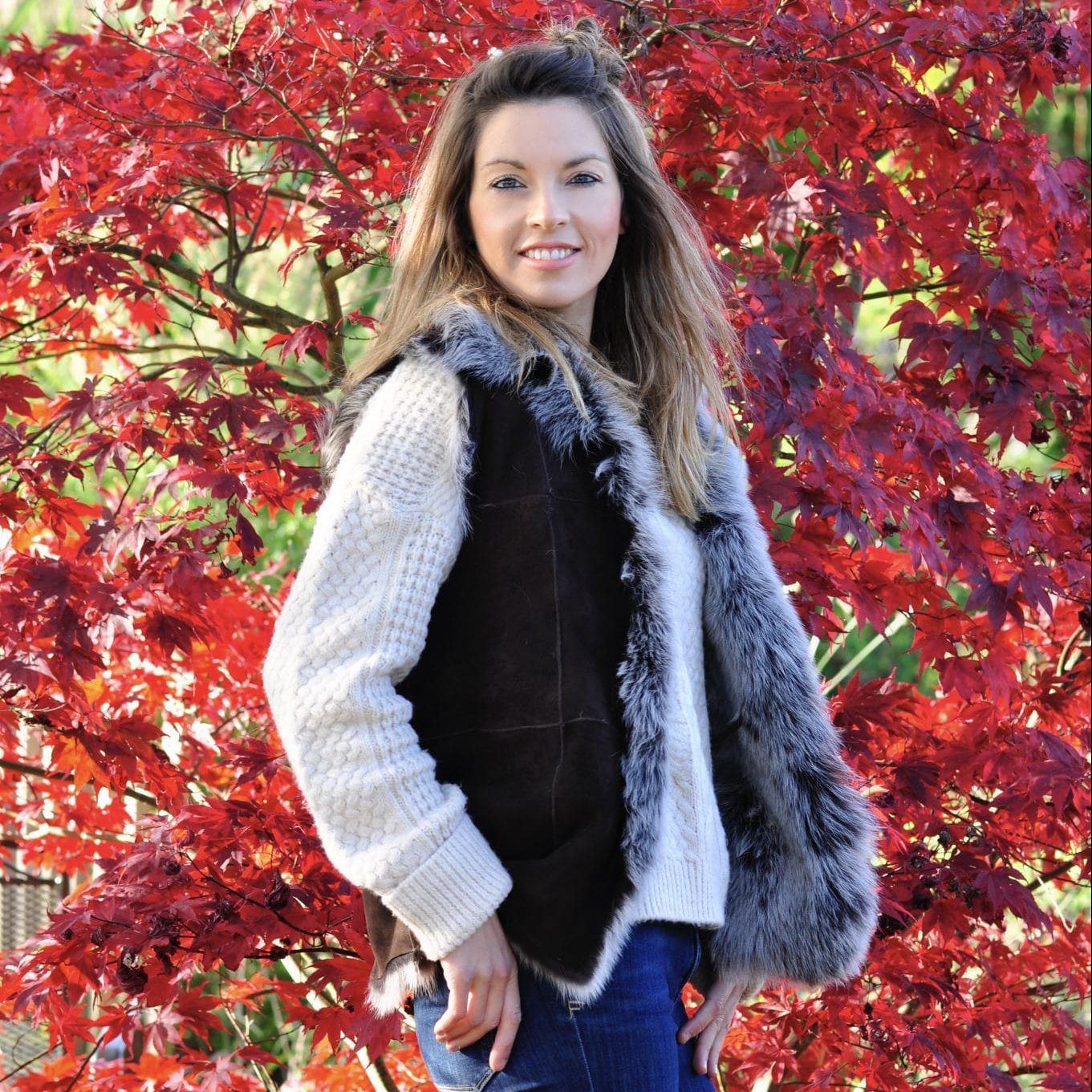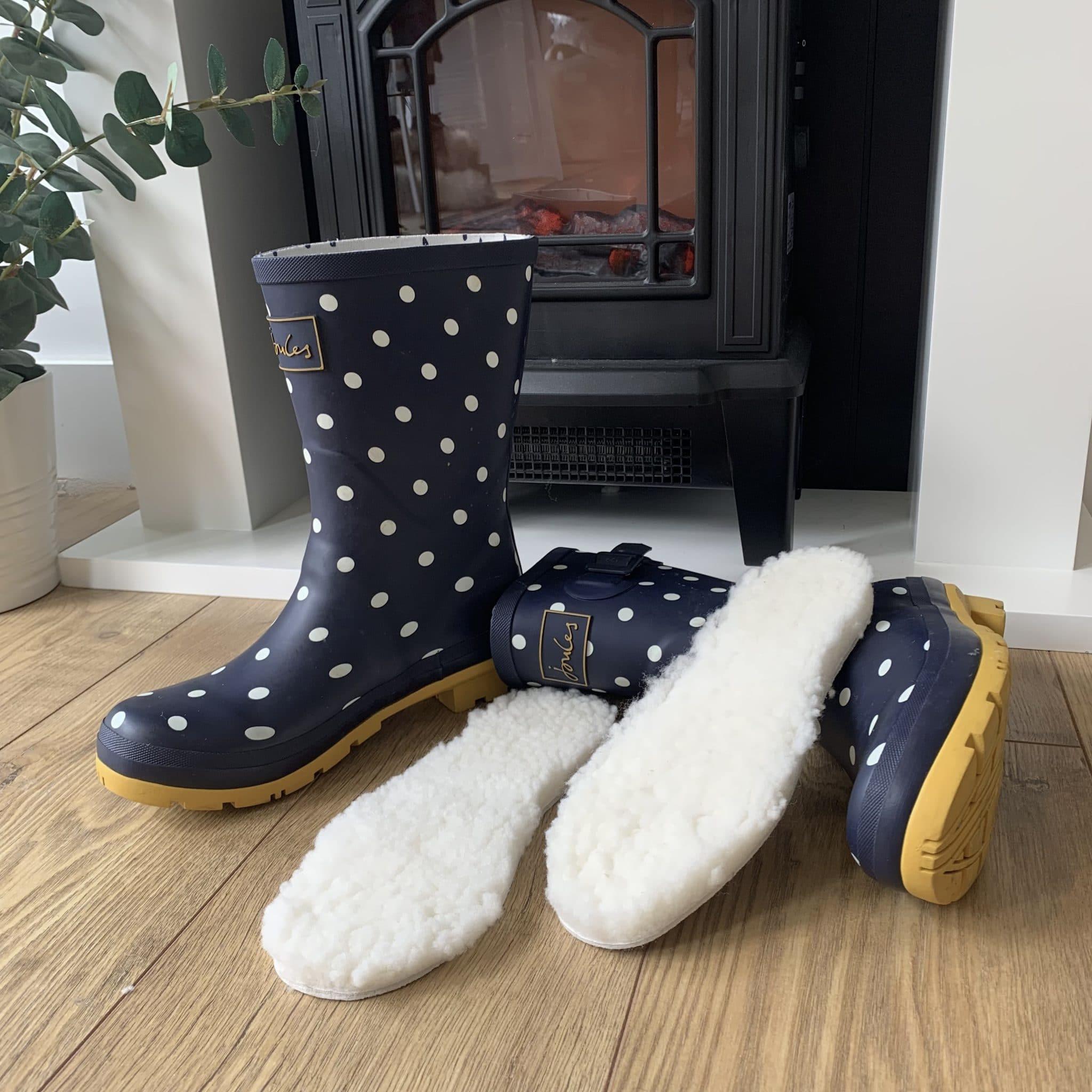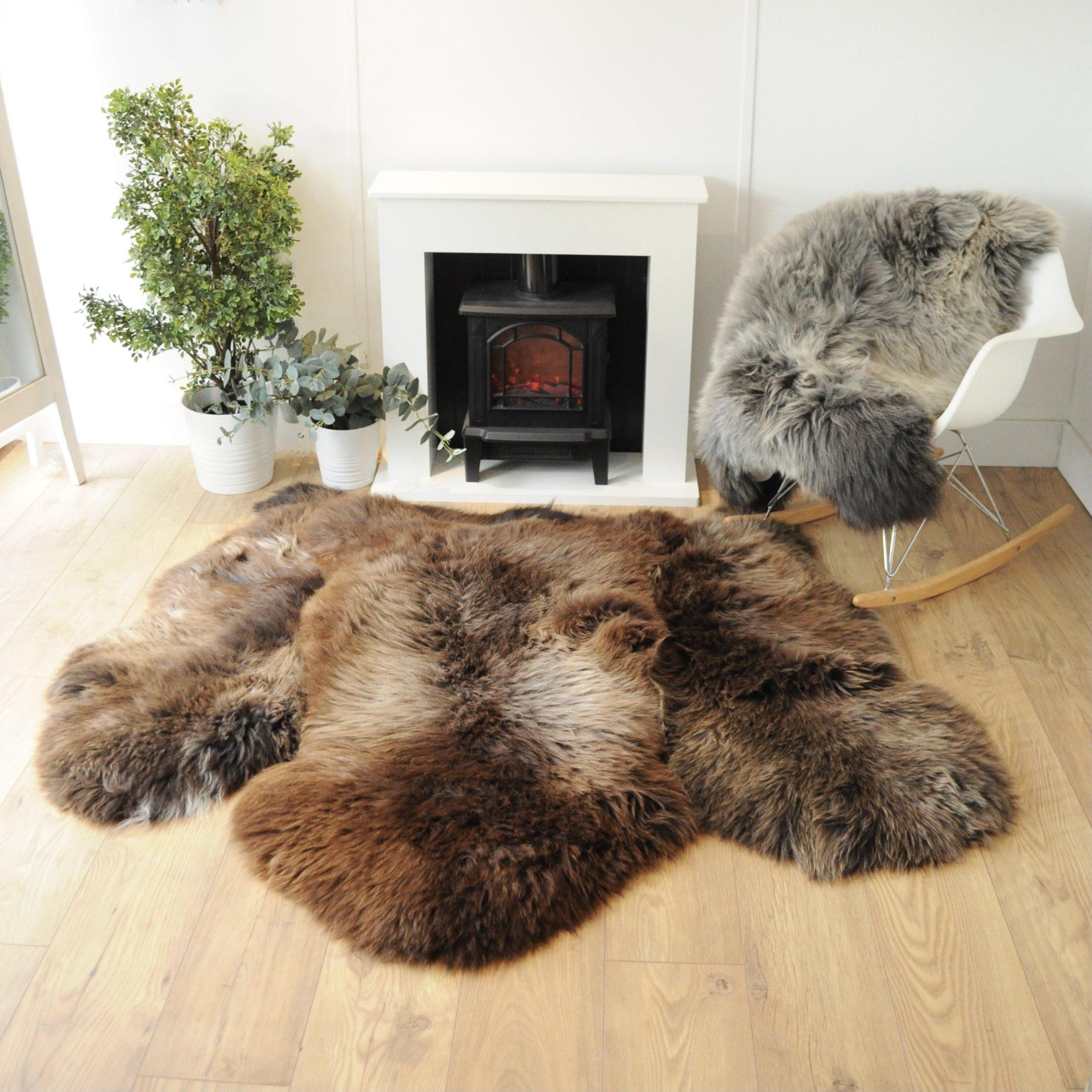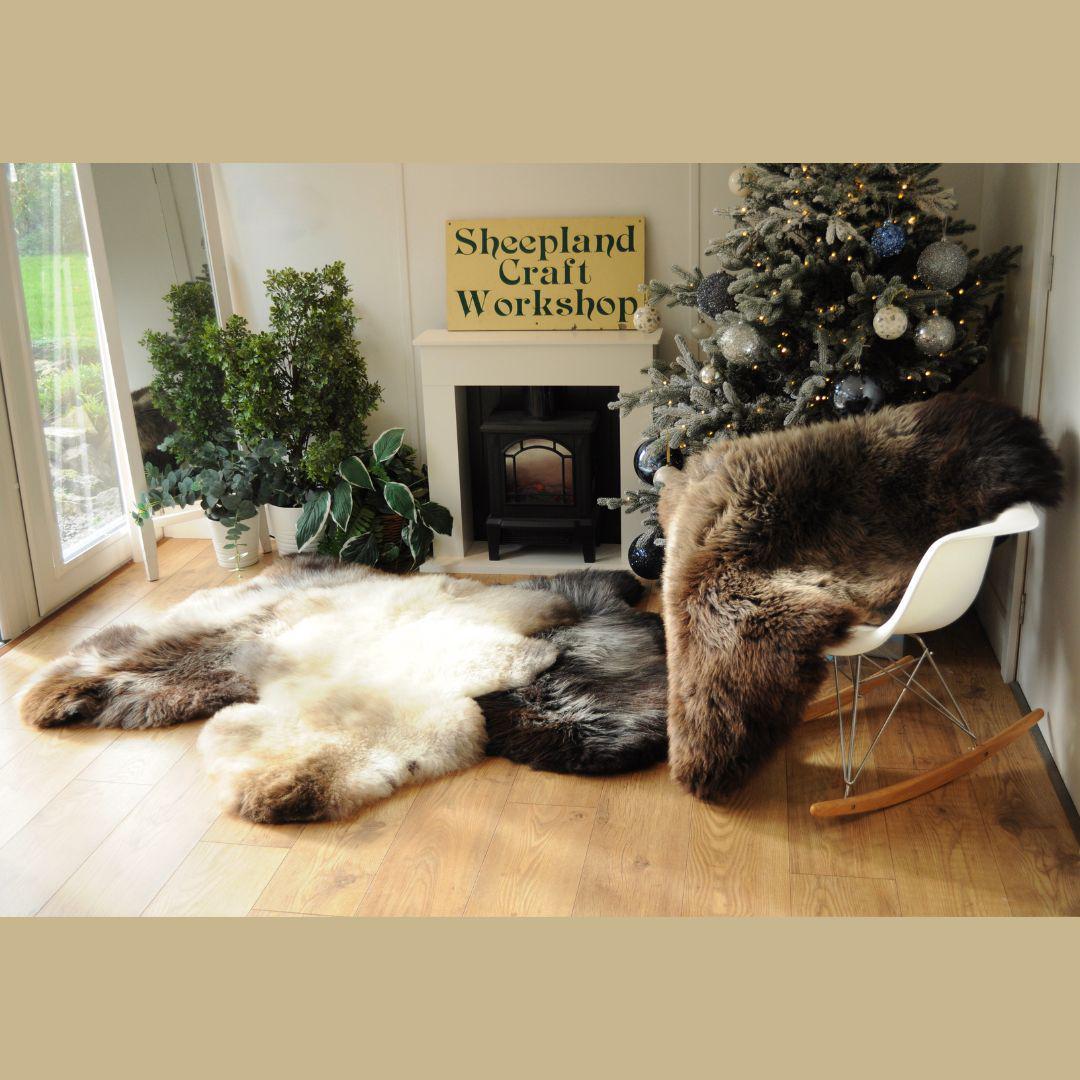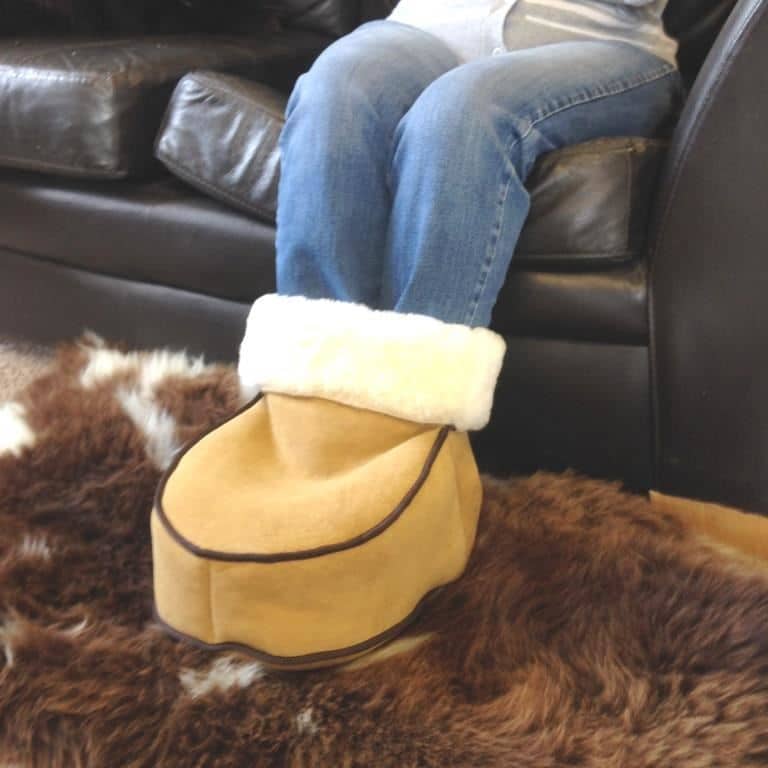Shepherds Bush
‘Owzat? Shepherds raining down.
In the olden days when you strolled over Shepherds Bush in London it would have been wise to shake down the local council for danger money. This was because an insecure shepherd, who had no great building skills and who had imbibed too freely of ale or cider, might have fallen from a hawthorn tree and flattened you. This unusual hazard came about as shepherds used to remove the inner branches of hawthorn bushes, or trees, thus pruning them into a cup shape. The wood from the top of the trunk would then be cut away to form a platform resembling a high-rise armchair. The branches surrounding this seat were allowed to grow to about eighteen inches thick, constituting the walls of a snug shelter. From this lofty perch the shepherd could watch over his sheep while they grazed. These shepherds’ shelters lent their name to the suburb of Shepherds Bush, which was a common stopping place for the flocks on their way to Smithfield Market. As a market has existed on the Smithfield site since the tenth century, many a sheep has tarried beneath the hawthorns.
We would recommend one of our Sheepland XL Aussie Shearling fleeces to line the shepherd’s nook (should the council change the name of the suburb?); this would avert many a sharp poke in the rump from those thorns. This blissfully soft shearling is six feet square and also makes a wonderful foot warmer for the end of a conventional bed.
Shepherd’s Bush was not the only common in London to host sheep. An interview in 1919 with a Highland shepherd recorded the fact that he brought his sheep by train, and even steamer, from the Highlands every summer. The sheep would be moved from common to common and fattened up prior to being shorn and slaughtered. The shepherd and his collie slept at night in a shepherd’s hut made from a converted hackney carriage. Annoyingly, the locals mistook the hut for a coffee stall and used to shout at the shepherd to open up and serve them when he was having his afternoon rest.
Were you aware that cricket would not exist without sheep? The game was first played by children in the clearings grazed by sheep in the afforested Weald of Kent and Sussex. A shepherd’s crook was used as a bat and a lump of wool or rags as the ball. The first definite reference to the game was on Monday, 17th January 1597, according to the old Julian calendar (1958 in our current Gregorian calendar). A more speculative date was given as Thursday, 10th March 1300. On this latter date the future King Edward II was reputed to have played at ‘creag’(an old spelling of ‘craic’, meaning fun and games in general – the mind boggles) in Westminster and Newenden. Cricket continued as a mainly children’s sport until the start of the seventeenth century, when adults began to play.


